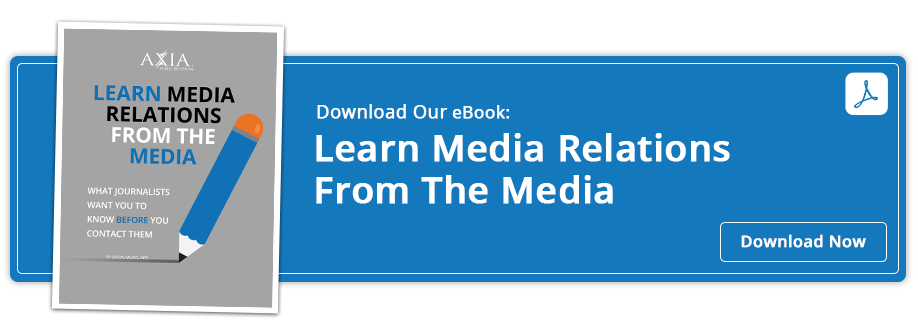 Find out how to maximize your media relations efforts
Find out how to maximize your media relations efforts
A new survey has found that the majority of reporters are displeased with the quality and content of materials they receive from PR professionals. For the survey, ISEBOX.com, a content distribution and tracking platform, interviewed numerous journalists and media professionals about their views on PR and corporate communicators.
The result was a disappointing account of PR professionals who are not delivering what journalists want. If your company hasn’t been getting the media coverage you expect, it could be that your PR representation is making some classic mistakes.
Three reasons journalists are unhappy
-
Incomplete or substandard press releases force journalists to do extra work, resulting in aggravation and late nights. More than 70 percent of journalists report having to research an article for four hours or more before they can begin writing.
-
Journalists are increasingly required to churn out more stories in order to make a good living, but this is even more difficult when PR people don’t know what they need.
-
Although designers have created new technology to help ease the process, reporters stated that their job has become more challenging. New technological advances still don’t provide the kind of large-scale sharing required for journalistic work. What they’re left with is everyone using different distribution methods, making it even harder to access information.
How you can make them happy and increase your media coverage
If you can make the journalists’ job easier, you have a better chance of attracting their attention and making your company a go-to source for information. Here are some of the ways you can keep them happy:
-
Give journalists everything they need to cover your story. Of course, you shouldn’t ramble incessantly in pitches and news releases, but you also shouldn’t omit any particulars. If the information is lengthy or complicated to explain, provide helpful links to additional details. You can also use tools designed for large files, like Dropbox.
-
Make information easily accessible. Don’t bury your story under password-protected websites, FTP or numerous email exchanges. Most importantly, don’t insist on being contacted in person for a reporter to get the information. That only serves to make him lose interest in what he originally thought may have been a good story.
-
Include photos, graphics and videos with your information and make them easily downloadable. Many stories require some kind of graphic element, and if the reporter has to search for something, she may take a pass on your information altogether. Also, it’s helpful to provide a copy of your logo or a link where she can copy and paste it. The survey respondents reported that approximately 75 percent of the articles they write have multimedia content included with the pitch.
How the right PR firm can help
Essentially, all of this translates to very high expectations from journalists. However, what you get in return is well worth the effort. When done correctly, developing relationships with media representatives can bring your company positive news coverage, better visibility and increased sales and profitability.
The experts at Axia PR can help you earn positive news coverage for increased brand recognition and customer loyalty. We stay on top of media trends and build relationships with journalists to communicate your company’s messages to the right target audiences. Learn more by downloading our Learn Media Relations from the Media e-book or contact us today.
Lisa Goldsberry is a writer for Axia Public Relations with more than 15 years of public relations experience. She specializes in business, higher education and technology PR. Connect with Axia Public Relations on Twitter @axiapr.
Featured image credit: 123rf.com
Topics: media relations, public relations



Comment on This Article